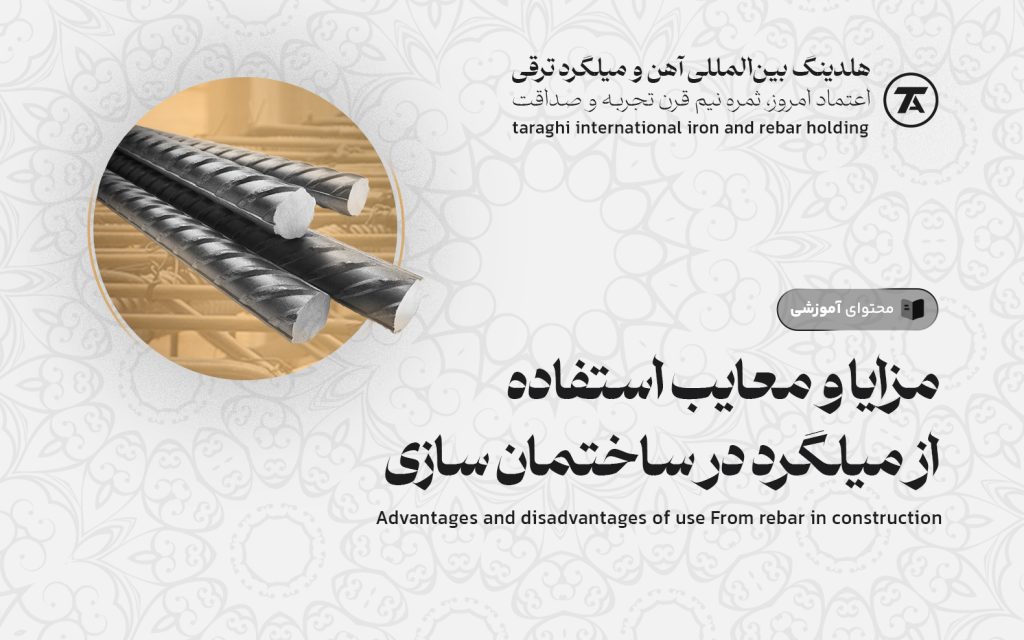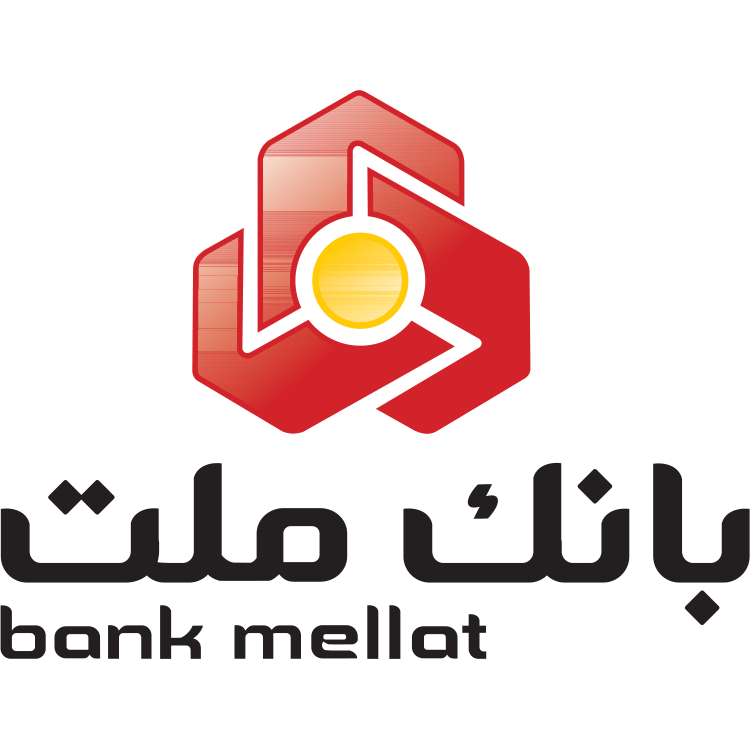Advantages and disadvantages of using rebar in construction

In the construction industry, rebar is one of the oldest and most important elements used in concrete and steel structures. As a steel reinforcing element, this element has a significant effect on the performance and strength of structures. In this article, we examine the advantages and disadvantages of using rebar in construction.
Advantages:
Strength and hardness: One of the main advantages of using rebar in construction is its high strength and hardness. Steel rebar is able to withstand the incoming forces and loads safely and increase the strength and hardness of the structures. This feature allows structures to withstand static and dynamic loads such as the weight of building materials, wind forces, earthquakes, etc.
Flexibility of the structure: the rebar is flexible. In addition, this steel product has the ability to expand and contract. This feature allows the structures to change shape when faced with external forces such as earthquakes and thermal changes. This prevents the damage of the structure. With its flexibility, the rebar can help to distribute the forces uniformly in the structure and prevent the concentration of forces in certain points.
Strong connections: rebar easily connects with other structural elements. Through welding, bolts and rebar connections such as forging welding, rebar can be connected to structural elements such as columns, bridges, etc. These strong and stable connections make the structures show sufficient endurance in the face of dynamic forces such as earthquakes and static forces such as weight loads and provide a strong and stable structure in general.
Resistance to heat and fire: steel rebar has high resistance to heat and fire. This important feature is very important in the case of buildings exposed to fire. Steel rebar maintains its resistance when faced with heat and prevents the weakening of the structure and the spread of fire to other parts. Also, in case of fire, the rebar prevents the structures from falling.
Disadvantages:
Oxidation and rust: One of the disadvantages of using rebar in construction is its oxidation and rust. Steel rebar is exposed to air and moisture and may rust and reduce its strength. This problem affects the durability and useful life of rebars. This same problem of rebars has caused the need for methods of preventing and removing rust for contractors.
High weight: Steel rebar has a high weight, which in some cases can create challenges for structures where weight is important. The high weight of the rebar may require more support structures and the use of more structural materials.
Cost: The use of steel rebar may incur high costs. The price of steel and the cost of rebar production can affect the total cost of construction. In other words, rebar can increase the cost of the whole project.
As a summary and in general, the use of rebar in construction has advantages and disadvantages that should be considered. In the selection and optimal use of rebar, it is necessary to consider these advantages and disadvantages and make a correct decision according to the specific needs and conditions of each project. However, the advantages of rebar are so much greater than its disadvantages that architectural experts recommend the use of rebar in many structures.
Our experts at the large and international holding of Taraghi iron and steel are ready to give you the necessary advice in this field for free. We are waiting for your call.
If you have an opinion about this article, be sure to share it with us. In advance, we at Iron and Rebar Taraghi would like to thank you.

















